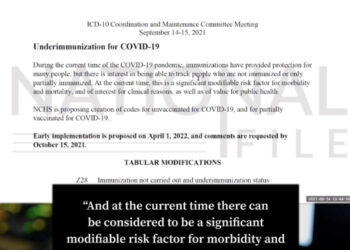Last Updated on December 18, 2019
The problem that is facing residents of Tulsa, Oklahoma as well as nation wide in America is a rise in methamphetamine related deaths that are surpassing the death toll of the still on-the-rise opioid epidemic.
From the time period between May 2018 to May 2019 federal data shows a rapid increase in the percentage of deaths caused by meth by 24.6% in contrast with deaths due to opioids which has still increased in that year by 9.4%
“This is the one thing that keeps me awake at night,” says Dr.Brett P. Giroir at a conference on stimulant abuse that happened on Monday. Giroir is the assistant secretary for Health and Human Services Department.
Giroir continues, “within a few months, and you can label it anyway you want, methamphetamines will be secondary to fentanyl nationwide.”
Similarly with opioids and the rise of deaths due to hyper-potent opioid options, meth has become more readily available and way more powerful that it ever use to be when speed became a popular street drug 20 years ago.
The biggest difference between methamphetamines and opioids, and the reason the death toll is likely spiking at the rate it is, can be traced back to the fact that as of right now there are no medications approved to treat meth addiction or the cravings it causes.
Perhaps even more horrifying is the absence of any drug that can reverse the effect of a methamphetamines.
“It is way different than the meth that people were using 20 years ago. It’s like they were drinking Mountain Dew and now they are injecting red bull.” said the chairman of psychiatry and behavioral sciences at the Center for Health Sciences at Oklahoma State University.
The current treatment protocols as of right now do not include anything beyond a 30 day hold at a treatment facility, as well as behavioral therapies that are moderately less effective that these protocols combined with medication of some kind.
Given the lack of options that exist for the treatment of meth addiction as well as the low success rate of those who try to recover from this addiction many Oklahoma addicts feel hopeless, and many don’t know where to go or even worse they don’t have the means to get the help.
Most impoverished meth addicts in Oklahoma do not qualify for Medicaid coverage for their methamphetamine addiction because state officials refused to vote it in for coverage under the Affordable Care Act, while the state of Oklahoma has won $355 million from lawsuits against opioid manufactures that is being designated to combat the opioid epidemic.
“We know there is funding coming in for the opioid problem, but what I see, and what our community see, is really a lot of addiction to methamphetamine,” said the the chief officer of Women in Recovery.
There is even research that suggests many addicts are using meth out of fear of the crash from fentanyl, or even just using it as an alternative because it’s commonly believed to be easier to die from opioids. Some users even resort to meth use during the process of withdrawal from opioids.
Dr. Giroir want that the combination could more fatal that them meth and heroine on their own.
“We definitely want to dissuade people from the notion that somehow a downer and an upper cancel each other out,” says Dr. Giroir. “Early data suggests the combination is probably more deadly that the sum of its parts.”
Also contributing to the increase in the methamphetamine death count is the rise in deaths due to risky behaviors induced with repeat and daily meth use.
In an interview with the New York Times journalist, Abby Goodnough spoke with a 19-year-old homeless recovering meth addict and her boyfriend, the young girl who went by her nickname “Rose” reported that she herself almost took her own life jumping off a bridge in a state of psychosis brought on by a particularly heavy use of meth spanning over a 24 hour period.
Rose also talked about a man she and her boyfriend knew of who committed suicide by hanging after a particularly bad meth-fueled argument with his then-girlfriend.





















